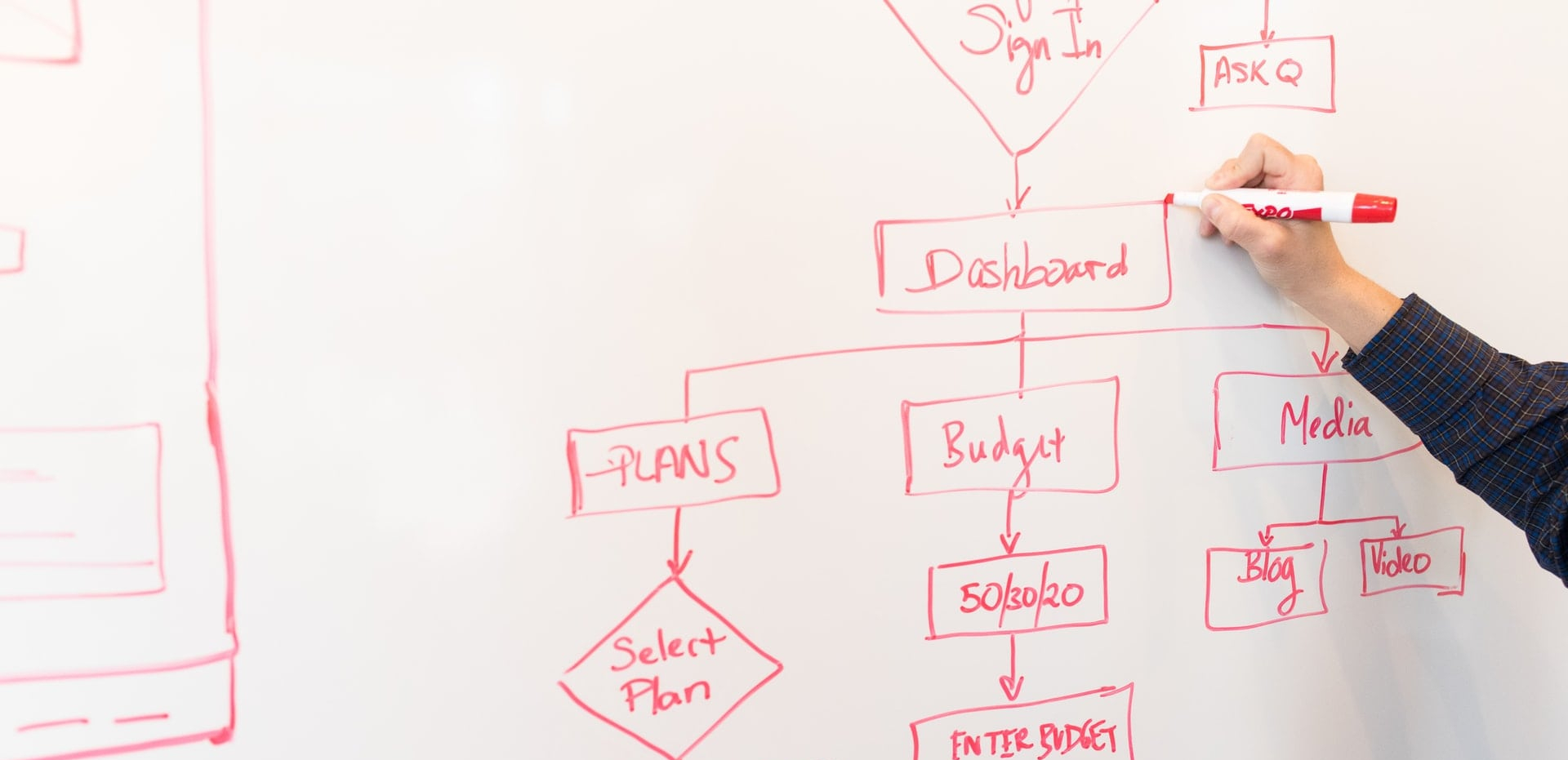Software requirements documentation should offer enough information for developers to build the solution in question. Keep in mind, this specification focuses on requirements and doesn’t outline design choices or technology stack.
Depending on the selected methodology (
agile or waterfall), the level of details in SRS will vary.
Software requirements specification document in waterfall methodology
Waterfall allocates more time for SRS document creation, and it is perfect for projects where requirements are unlikely to change soon. However, if the change is inevitable, updating the SRS document will be rather expensive.
Software requirements document in agile methodology
This approach implies that business analysts gather feedback from the client iteratively and are likely to update the SRS several times during the course of the project. Even though the requirements remain flexible, and changes can occur relatively often, composing SRS is crucial in agile methodology. It defines the scope, explains the business logic, and makes expectations transparent to all the participating teams.
Generally, a requirements specification document should contain the following information:













